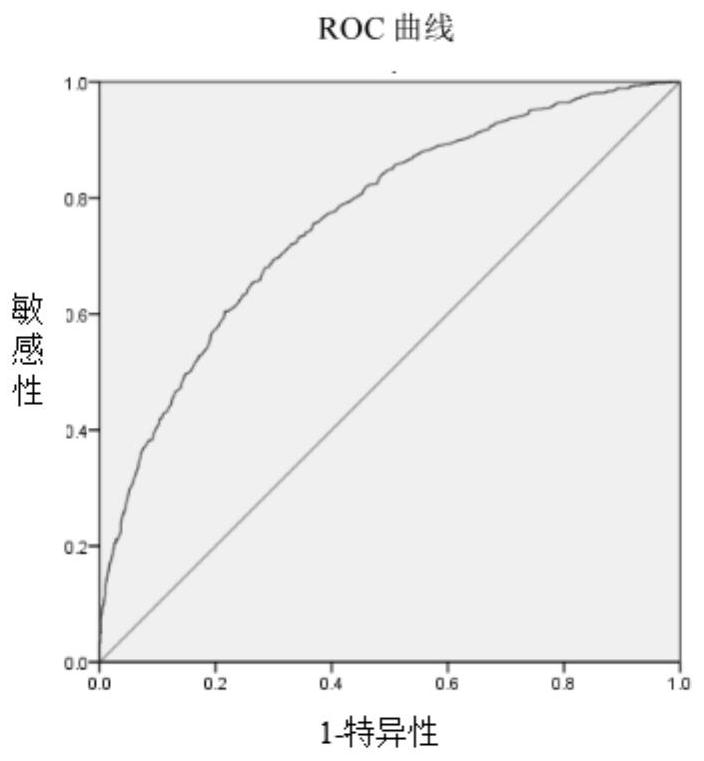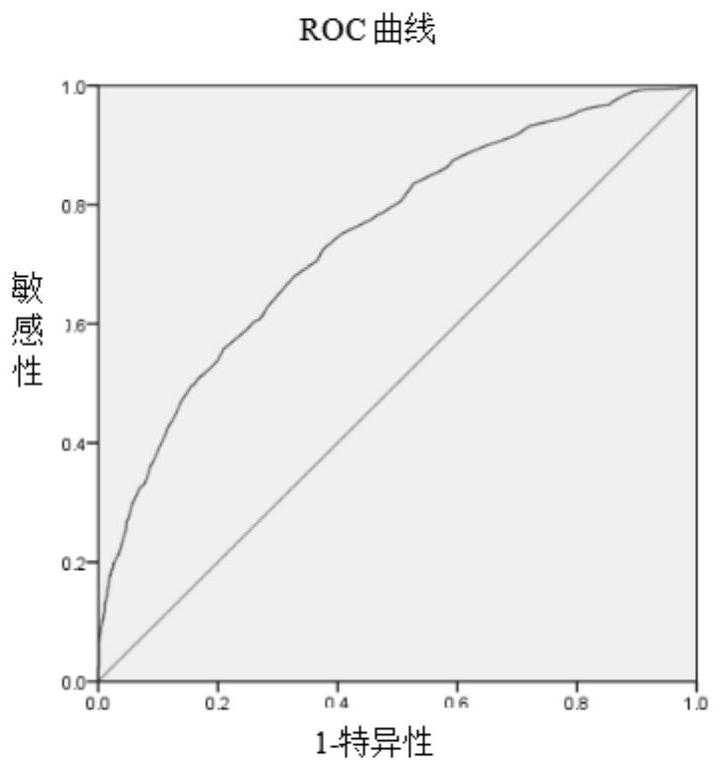Biomarkers for predicting venous thromboembolism genetic risk of Chinese Han population, kit and application thereof
A technology of biomarkers and thromboembolism, applied in the direction of biochemical equipment and methods, measurement/testing of microorganisms, recombinant DNA technology, etc. Genetic risk-related gene locus information and other issues, to achieve the effect of saving production costs, saving testing costs, and ensuring testing accuracy and accuracy
- Summary
- Abstract
- Description
- Claims
- Application Information
AI Technical Summary
Problems solved by technology
Method used
Image
Examples
Embodiment 1
[0031] Example 1 Establishment of a collective characterization method for the genetic risk of venous thromboembolism in the Chinese Han population
[0032] According to the global method of screening disease-related SNPs based on ethnic differences, and referring to the screening criteria for disease SNPs in "Genetic Analysis of Complex Diseases", a collective characterization method for the genetic risk of venous thromboembolism in the Chinese Han population was established:
[0033] (1) The genetic loci for the collective characterization of the genetic risk of venous thromboembolism in the Chinese Han population first meet the following three conditions:
[0034] a. The correlation between the selected genes and related loci and the disease is statistically significant;
[0035] b. The selected genes and related loci are independent disease-associated factors;
[0036] c. The frequency distribution of selected genes and related loci should conform to the Harding-Wenger ba...
Embodiment 2
[0046] Example 2 Screening of genetic loci related to the collective characterization of the genetic risk of venous thromboembolism in the Chinese Han population
[0047] (1) Construction of 60 SNP loci for the collective characterization of the genetic risk of venous thromboembolism in the Chinese Han population
[0048] Based on the research results of global venous thromboembolism-related genes, we initially screened 154 SNP sites. Among them, we integrated the research results based on the Chinese Han population at home and abroad, and screened out 8 SNP sites according to the "Collective Characterization Method for the Risk of Venous Thromboembolism in the Chinese Han Population" established by the present invention. It has been repeatedly confirmed that it is related to venous thromboembolism in the study of the population as the research object; 40 SNP sites were screened from the genetic research of venous thromboembolism completed by Hugoline G.de Haan and other schol...
Embodiment 3
[0053] Example 3 Classification of Pathopathogenic Mechanisms of Genes Related to Collective Characterization of Genetic Risk of Venous Thromboembolism
[0054] In the study, we will use the 60 SNP sites for the multi-gene collective characterization of the genetic risk of venous thromboembolism in the Chinese Han population, and conduct a corresponding analysis according to the relationship between gene function and the pathological mechanism of venous thromboembolism. The related genes correspond to the six mechanism categories of venous thromboembolism: anticoagulation, coagulation, fibrinolysis, metabolism, platelets, inflammation and others, as shown in Table 2.
[0055] Table 2: Classification of Pathopathogenic Mechanisms of Genes Related to Collective Characterization of Genetic Risk of Venous Thromboembolism
[0056]
[0057]
PUM
 Login to View More
Login to View More Abstract
Description
Claims
Application Information
 Login to View More
Login to View More - R&D
- Intellectual Property
- Life Sciences
- Materials
- Tech Scout
- Unparalleled Data Quality
- Higher Quality Content
- 60% Fewer Hallucinations
Browse by: Latest US Patents, China's latest patents, Technical Efficacy Thesaurus, Application Domain, Technology Topic, Popular Technical Reports.
© 2025 PatSnap. All rights reserved.Legal|Privacy policy|Modern Slavery Act Transparency Statement|Sitemap|About US| Contact US: help@patsnap.com



